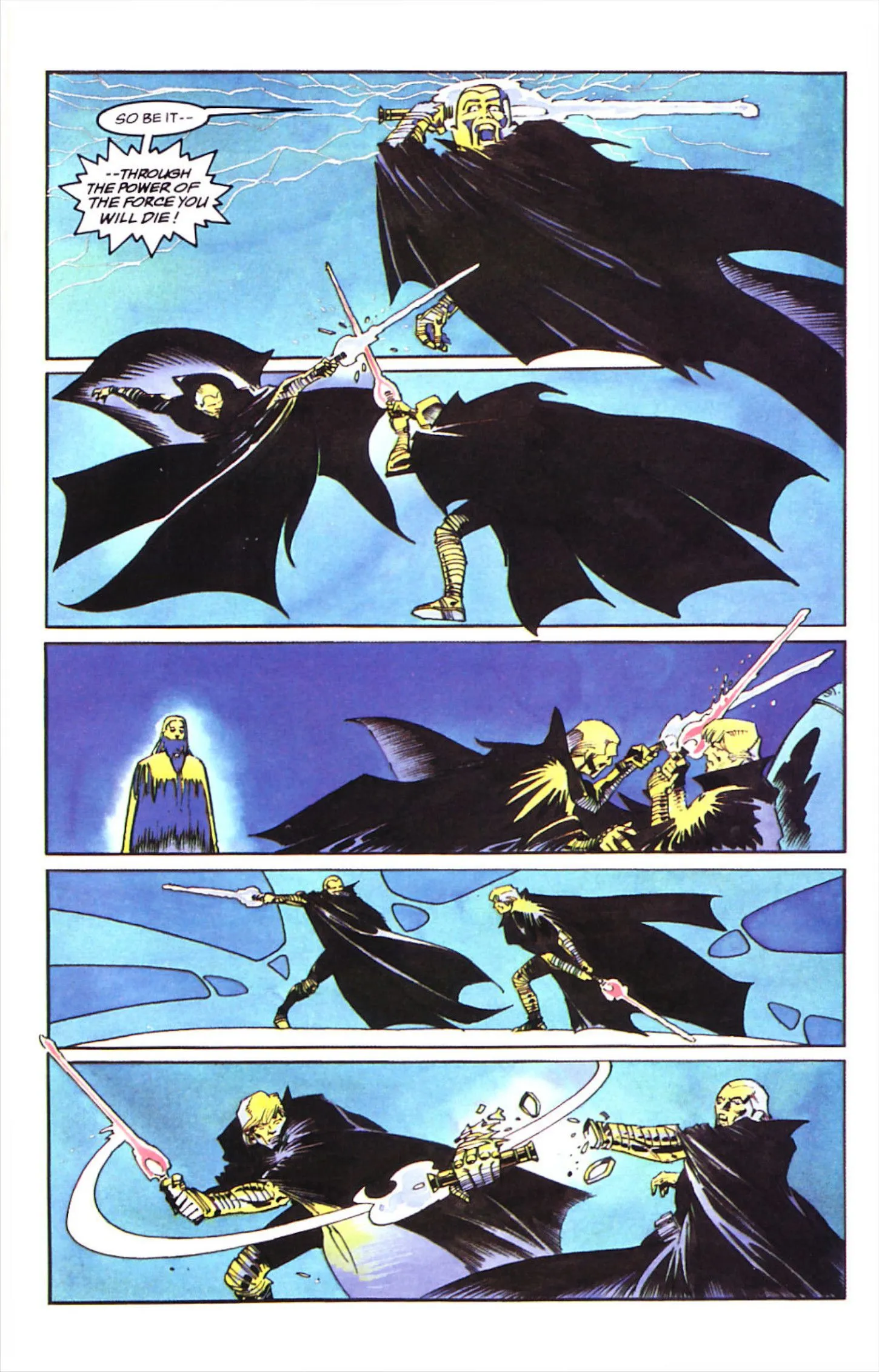
The return of Emperor Palpatine in Star Wars: The Rise of Skywalker may have thrilled audiences, but the Star Wars comics had already resurrected this iconic character decades earlier. A notable comic from this period that introduced the concept of the Emperor as a clone was released well over thirty years ago, long before it became a focal point in the latest film iteration.
Launched in 1991, Star Wars: Dark Empire marked one of the first significant projects by Dark Horse Comics, which had recently acquired the licensing rights from Lucasfilm. Crafted by writer Tom Veitch and artist Cam Kennedy, Dark Empire paved the way for two subsequent sequels, creating a trilogy that deepened the lore of the franchise.

Coinciding with the publication of Timothy Zahn’s best-selling novel, Heir to the Empire, Dark Empire emerged as a pivotal addition to Star Wars storytelling, revitalizing interest in the franchise after a prolonged period of dormancy.
“Somehow, Palpatine Has Returned”
Dark Empire: The Early Resurrection of the Emperor

It’s remarkable to consider that during the late 1980s and early 1990s, the Star Wars franchise was virtually stagnant. After Marvel Comics relinquished their license following the cancellation of their series in 1986, Dark Horse Comics stepped in in 1991, reviving Star Wars with Dark Empire, which served as an official continuation of the Original Trilogy. This trilogy introduced many elements that the later Sequel Trilogy would revisit, prominently featuring a cloned iteration of Emperor Palpatine.
Prior to its release, a different version of Dark Empire had been proposed by Veitch and Kennedy to Marvel, showcasing the narrative’s long-standing development.
Set six years after the events of Return of the Jedi, Dark Empire begins as Luke Skywalker is drawn into a disturbance in the Force, leading him to awaken aboard an Imperial prison ship. To his astonishment, he encounters a younger clone of Palpatine, who reveals that he transferred his consciousness into this new body before his demise on the second Death Star.
This new Palpatine warns Luke that he cannot be defeated; should Luke attempt to kill him, he would merely transfer his essence to another clone. What’s more, the cloned Emperor offers Luke the opportunity to embrace the Dark Side as his apprentice. Torn between options, Luke reluctantly agrees, all while plotting to thwart the remnants of the Imperial forces.
Studying the Dark Side to comprehend his father better, Luke discovers the profound sense of isolation, sadness, and fear that permeates Palpatine, acknowledging the risks of power derived from darkness.
The Clone Palpatine: A Threat to Luke
A Duel of Lightsabers

Unlike the zombie-like portrayal of Palpatine in The Rise of Skywalker, the cloned Emperor in Dark Empire emerges as a formidable adversary. He proves capable of engaging Luke in lightsaber combat, a spectacle that predated the Prequel Trilogy’s depiction of Palpatine’s combat prowess in Revenge of the Sith. Fans were treated to an exhilarating encounter between the two within the pages of Dark Empire.
The popularity of this Emperor clone even led to the creation of an action figure, first released by Kenner in 1998, and later by Hasbro in a two-pack with Luke in 2008.
Beyond the introduction of the cloned Palpatine, the Dark Empire trilogy presented ideas that reemerged in the Sequel Trilogy. For instance, this series highlighted Leia wielding a lightsaber—one of her first appearances with the weapon—in a duel against Luke while he was under Palpatine’s manipulation. Furthermore, a critical plot revolves around Palpatine secretly amassing a portion of the Imperial army in the Deep Core, foreshadowing the hidden Sith forces seen in Exegol during The Rise of Skywalker.
Despite its status as part of the “Legends” continuity following Disney’s acquisition of Lucasfilm in 2012, the impact of Star Wars: Dark Empire is undeniable, echoing through various elements of the Star Wars saga that continue to captivate audiences today.




Leave a Reply